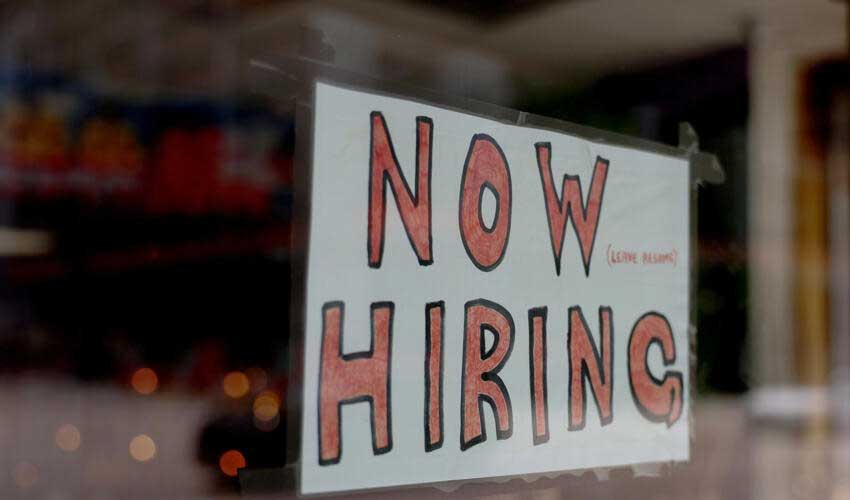In November, US job openings reached a nearly three-year low, signaling a gradual cooling of the labour market and potentially setting the stage for the Federal Reserve to implement interest rate cuts this year.
The labour market shift is evident among Americans, as the Labour Department's Wednesday report highlighted a decrease in people voluntarily leaving their jobs, likely for better opportunities. This decline, the lowest since February 2021, is expected to contribute to moderating wage growth, subsequently aiding in lowering inflation.
Despite these changes, the labour market remains robust, with 1.4 job openings for every unemployed person. Layoffs hit the lowest level since December 2022. Financial markets are anticipating rate cuts by the U.S. central bank as early as March.
Jeffrey Roach, Chief Economist at LPL Financial, noted, "The Fed is likely in a sweet spot as they prepare markets for an upcoming cut in rates."
Job openings, a key labour demand indicator, fell by 62,000 to 8.79 million by the end of November, marking the lowest level since March 2021. Vacancies have declined from a record high of 12.0 million in March 2022 following rate hikes from the Fed.
Hiring lagged, dropping by 363,000 to 5.465 million, with the professional and business services sector reporting a decline of 163,000. Resignations also decreased to 3.471 million, the lowest level since February 2021.
With companies retaining workers due to labour shortages post-COVID-19, the job market is expected to support the economy, potentially averting a recession in the coming year.
Layoffs and discharges decreased by 116,000 to 1.527 million in November, reaching the lowest level in 11 months.
U.S. stocks traded lower, and the dollar strengthened against a basket of currencies, while U.S. Treasury prices fell.
Focus now shifts to the release of the Labour Department's December employment report, which is expected to show an increase of 170,000 jobs in nonfarm payrolls. The Fed, having signaled the end of historic monetary policy tightening, is anticipating lower borrowing costs in 2024.
Manufacturing news remains bleak, with the Institute for Supply Management reporting a manufacturing PMI of 47.4 in December, indicating contraction for the 14th consecutive month. The forward-looking new orders sub-index fell, reflecting subdued demand and potential goods deflation.
The employment report is closely watched for insights into the economic landscape, with the unemployment rate expected to edge up to 3.8% in December from 3.7% in November.



























